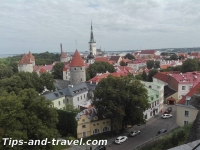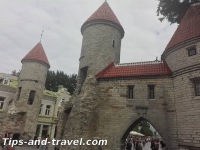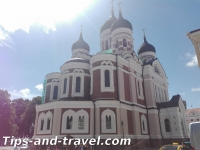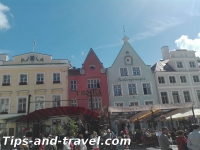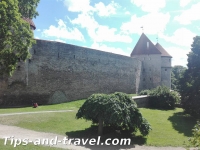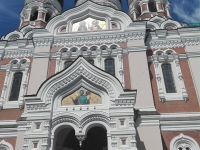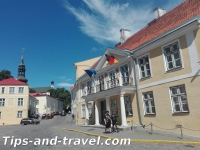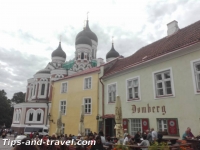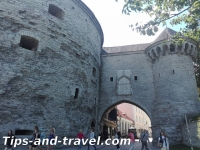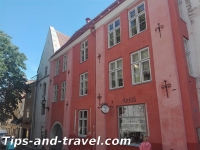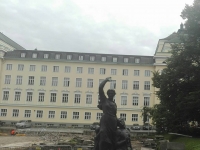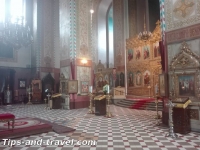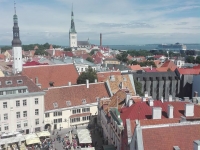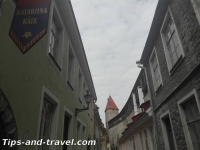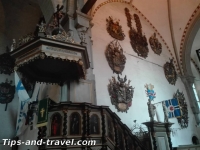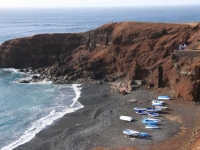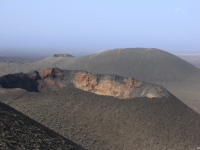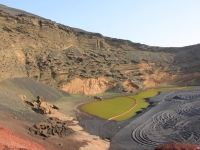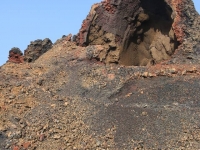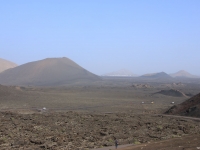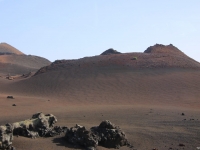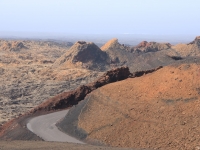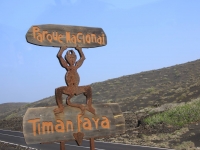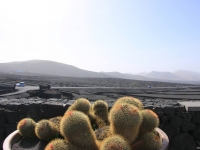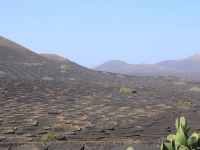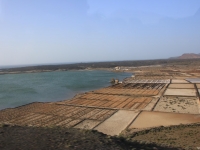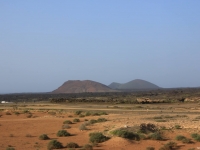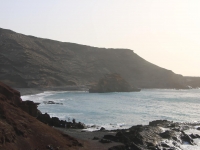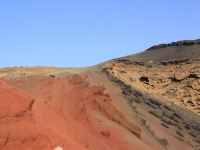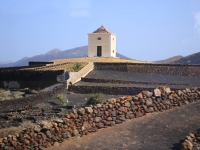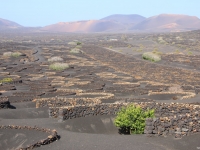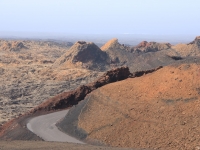Tallinn is the capital and main port of Estonia; situated on the coast of the Gulf of Finland, forming part of the Baltic Sea. The city contains vestiges of different eras that go from the medieval to the classic. The historical center, fairly well preserved, is a UNESCO World Heritage Site. The ramparts that surround it are from the 13th century and there are several towers. The Marguerite tower (16th century) now houses the Museum of the Sea. The old town is located between the Lower Town and the Toompea hill or the Upper Town where the Parliament is located in the castle. To see: the Pirita Convent, the Town Hall Square, the Estonian Outdoor Museum, Alexander Nevski Cathedral, St. Mary’s Cathedral, St. Olaf’s Church, St. Nicholas’s Church, Freedom Square; among others. The port of the city also receives many tourists thanks to the cruise ships that have chosen it in their itineraries. Kadriorg Castle, 2 km east of the old town, houses the presidential residence and foreign art department of the country’s art museum. Since 2013, Tallinn has a free transport service for residents.
Tips
An interesting place to see is the oldest pharmacy in Europe still active (15th century) which is located in the Town Hall Square. The building where the National Library is located and the door at 38 Pikk Street are other places it worths visiting.
You can enjoy your visit and take a ferry to Helsinki, just 2 hours from the city. A bus to St. Petersburg or a night train to Moscow.
